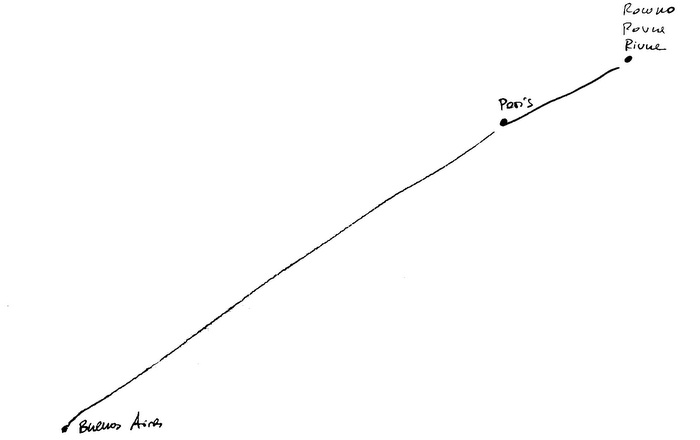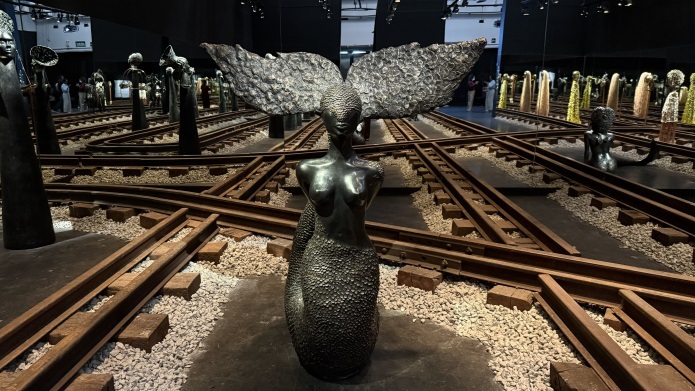 The Rijksmuseum dedicated the February 12 to May 17, 2015 an exhibition at the late stage of the painter in Amsterdam, entitled The Late Rembrandt. The exhibition consists of approximately 40 paintings, 20 drawings and 30 prints, made an unprecedented tour of his work from the 1650s until his death in 1669.
The Rijksmuseum dedicated the February 12 to May 17, 2015 an exhibition at the late stage of the painter in Amsterdam, entitled The Late Rembrandt. The exhibition consists of approximately 40 paintings, 20 drawings and 30 prints, made an unprecedented tour of his work from the 1650s until his death in 1669.
Coinciding with this exhibition numerous events will be organized around the figure of the painter in Amsterdam, such as hiking and boating on the places where Rembrandt lived and worked, including the Museo Casa de Rembrandt (Rembrandt) and West Church ( Westerkerk) where he was buried.
It was at this time in your life, despite the tragic family events and financial difficulties, when Rembrandt experimented with paintings and engravings techniques and conscientiously sought a new style that was even more expressive and deep. At this stage produced some of his innovative and daring works most characteristic of all his paintings. Its great fame is due in large part to some of his works of this period as Self-Portrait with two circles (Legacy Kenwood, London) Portrait Family (Herzog Anton Ulrich Museum, Braunschweig), Jacob Blessing the Sons of José (Gemäldegalerie Alte Meister, Kassel) or so called Jewish Bride (Rijksmuseum).
One of the most notorious examples of Rembrandt experimentation in this period is Lucrecia (Minneapolis Institute of Art), where the artist used the unusual technique of applying two overlapping layers of paint on his right sleeve by a sharp spatula use. Alongside this work will be presented Las Tres Cruces, one of the most important prints of your last period getting a dynamic contrast between light and shadow that had not seen so far with this technique. One of the best known drawings by Rembrandt, woman sleeping is also a clear example of this late stage: it involves an intense examination of an intimate moment. This would also adopt the approach to paint historical episodes in his paintings of large dimensions, as we see in the epic canvas Jacob Blessing the Sons of Joseph (Gemäldegalerie Alte Meister, Kassel).
The exhibition was created in collaboration with the National Gallery in London, where you can see the exhibition until January 18th. Family portrait paintings (Herzog Anton Ulrich-museum, Braunschweig), Self Portrait as Zeuxis (Wallraf-Richartz Museum-Fondation Corboud, Cologne), Portrait of Jan Six (Six Collection, Amsterdam) and Jacob wrestling with the angel (Gemäldegalerie, Staatliche Museen zu Berlin) is only able to see in Amsterdam.
Fuente: Logopress














